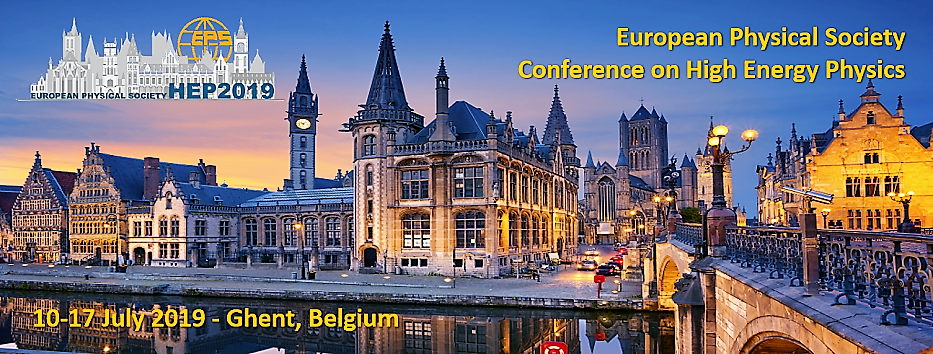Speaker
Description
We review our studies of spectator-induced electromagnetic (EM) effects on charged pion emission. For heavy-ion Pb+Pb and Au+Au reactions, we formulate a model which associates the size of EM effect with the space-time properties of the system of hot and dense matter formed in the collision. As a result we obtain an estimate for the pion decoupling time which agrees with pion decoupling times obtained from standard femtoscopy [1].
The first observation of the spectator-induced EM distortion of the $\pi^+ / \pi^-$ ratio in small systems at the CERN SPS [2] allows the extension of our study to Ar+Sc collisions at $\sqrt{s_{NN}} = 17.3\,\text{GeV}$. We improve our model description to take into account spectator fragmentation as well as the possible influence of the net positive participant charge close to the spectator system. This brings new information on the space-time evolution of pion production in small systems, and on the other hand allows us to study the interplay between spectator fragmentation and electromagnetic phenomena also in ultrarelativistic heavy-ion collisions.
A consistent picture of the space-time evolution of all the studied systems emerges, where the longitudinal evolution of the hot and dense matter created in the participant zone results in faster pions being produced closer to the spectator system.
[1] K. Aamodt et al., Phys. Lett. B 696, 328 (2011).
[2] A. Marcinek, EPJ Web Conf. 199, 02020 (2019).
